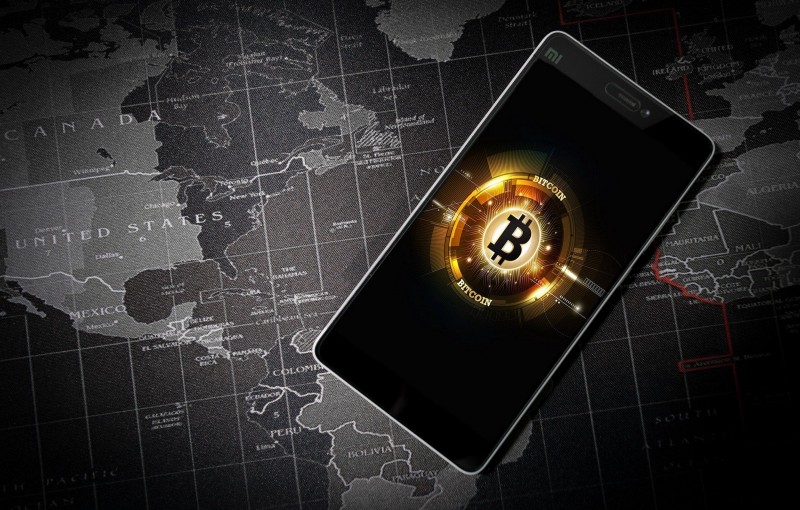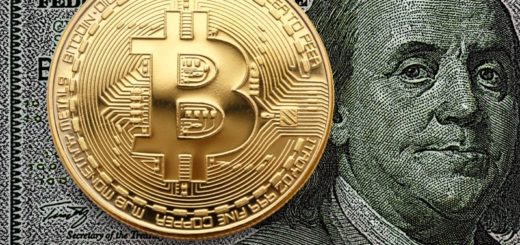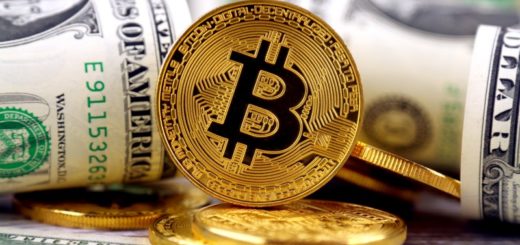The 3 Phases of Bitcoin Mass Adoption

Bitcoin is only at the beginning of its revolution.
Bitcoin is a revolution comparable to what the Internet was in the early 1990s. In a little over 10 years, Bitcoin has already made a phenomenal journey to reach a market capitalization of more than $150 billion.
Bitcoin’s success so far, however, is nothing compared to what Bitcoin can accomplish in the years to come. Many people are therefore wondering how far Bitcoin can go in the future and what the phases of its mass adoption by the general public might be.
In what follows, I will detail the 3 phases that Bitcoin will have to go through successfully in order to fully realize the revolution it is pursuing.
This revolution is to replace the current monetary and financial system that is flawed in order to build a fairer world for everyone.
Phase 1: Bitcoin as a Store of Value
Bitcoin was officially launched on January 3, 2009, by the mysterious Satoshi Nakamoto. In the beginning, Bitcoin was only of interest to a community of people passionate about cryptography called cypherpunks.
These cypherpunks were immediately seduced by the possibility of a leaderless Peer-to-Peer payment system that would put power in the hands of its users.
Gradually, they were joined by innovators who saw Bitcoin as more than just a technological revolution.
These innovators saw in Bitcoin the possibilities of a social and ideological revolution.
Bitcoin has appealed to people in poor countries under authoritarian regimes.
From Venezuela to Zimbabwe until Afghanistan, Bitcoin has enabled people to have recourse to constantly devalued local currencies.
This recourse represented by Bitcoin has allowed them to survive and have hope for a better world.
In the Western countries, the problem was not the same since the inhabitants of these countries feel less the effects of the constant inflation decided by their governments.
Nevertheless, many have seen Bitcoin as the best solution to protect what they own.
Something the U.S. dollar, for example, has never been able to do and never will.
More and more people are now beginning to realize that 1 USD in 2020 will not equal 1 USD in 2050.
Worse still, your purchasing power will only decrease.
In contrast, Bitcoin guarantees that 1 BTC of 2020 will always be equal to 1 BTC of 2100.
Bitcoin protects what you own and the first step in its adoption it is to make as many people as possible aware that it is an essential tool to achieve more freedom.
Bitcoin gives power back to the people by putting users back at the center of the game as it works as a true democracy.
The events of early 2020 with the imminent risk of war between Iran and the United States have confirmed that Bitcoin has managed to become a global store of value.
At the height of the crisis between Iran and the United States, Bitcoin rose sharply in the same way as gold, which has been a universally recognized store of value for decades.
Phase 2: Bitcoin as a Medium of Exchange and a Means of Payment
Phase 1 of Bitcoin adoption is well underway and more and more people are now convinced that Bitcoin is a global store of value.
The fact that Bitcoin made it possible to transform $1 invested at the beginning of 2010 into $90K at the end of 2019 has been something of a landmark in the minds of many people.
The fact that more and more people are owning Bitcoin will be questioning merchants around the world.
Gradually, more and more merchants will gain confidence in Bitcoin and consider it more interesting to trade in Bitcoin than in their local currencies or the U.S. dollar.
In Venezuela, where the level of adoption of Bitcoin is higher than in Western countries, many merchants already support Bitcoin as a means of payment.
Given the extraordinary inflation of the Bolivar, which rose 150,000% between 2017 and 2019, this choice was obvious.
In a country like Venezuela, it is not only merchants who prefer Bitcoin to Bolivar or the U.S. dollar.
Employees or entrepreneurs prefer to be paid in Bitcoin in many poor countries.
As the usefulness of Bitcoin increases, its demand will grow in the same way that the U.S. dollar saw its demand explode after the Bretton Woods Agreement.
In Western countries, from the United States to the European Union, Phase 2 of Bitcoin adoption will not be motivated by the same reasons as in poor countries.
While Bitcoin protects against authoritarian regimes, it also protects against mass surveillance.
In the United States or in Europe, Bitcoin will be seen as an instrument of freedom in order to keep control over privacy.
Citizens will see Bitcoin as a great solution to send money to friends without anyone knowing about it.
In addition, Bitcoin will provide you with a fast, low-cost and confidential means of payment.
The motivations will not be the same, but Bitcoin will once again be able to meet the needs of people in Western countries.
Phase 2 of Bitcoin adoption is already well advanced in some African countries or in Venezuela, which is often talked about.
Nevertheless, there is still a long way to go and the next decade will tell us more about Bitcoin’s ability to accelerate its progress in this phase of its mass adoption.
Phase 3: Bitcoin as a Unit of Account
Phase 1 and Phase 2 of Bitcoin mass adoption by the general public have already started. The level of progress of Bitcoin in these phases is not the same, but it has started.
Phase 3 of Bitcoin adoption has not yet started.
If Bitcoin reached this phase, Bitcoin would become used as a unit of account in its own right.
More and more people would own Bitcoin and use it on a daily basis as a means of payment.
Entrepreneurs and employees would even be paid entirely in Bitcoin rather than in local currency or U.S. dollar.
Gradually, the prices of goods and services would be displayed only in Bitcoin.
At the same time, local currencies and the U.S. dollar would lose a lot of their influence.
At this point, we would be at the beginning of what many call the hyperbitcoinization of the world.
This hyperbitcoinization theory says that Bitcoin would become predominant and the U.S. dollar would lose its privileged position as the world’s reserve currency.
With a majority of people wanting to rely on Bitcoin to protect what they own, fiat currencies would be depreciated in favor of Bitcoin, resulting in a virtuous circle that would further strengthen Bitcoin’s position as a global store of value.
Of course we’re not there yet, but if Bitcoin were to reach this phase 3 and successfully complete it, I’ll leave you to imagine what the price could be.
It would be simply colossal and owning 1 BTC would put you among the richest people on Earth.
The Coming Years Are Going to Be Exciting for Bitcoin
Bitcoin is only 11 years old. Compared to gold, which has been used for decades as a store of value, Bitcoin is therefore extremely young.
Nevertheless, Bitcoin has already come a long way in such a short period of time.
Bitcoin has already succeeded in being recognized as a global store of value, as recent events between Iran and the United States have just shown us.
Its adoption is progressing at a rapid pace and the next phase is therefore for it to be used more and more as a means of payment.
This phase is progressing faster in poor countries under authoritarian rulers where Bitcoin is already a Plan A for millions of people.
In the future, Bitcoin will have to become more and more popular in the West.
If the use of Bitcoin as a means of payment becomes widespread worldwide, then we will be able to hope for a hyperbitcoinization of the world that would be the final phase in its mass adoption.
Of course, we are not there yet, but Bitcoin continues block after block to advance towards its ambitious goal for the future of the world.








2 Responses
[…] Once you understand the why of Bitcoin, you’ll understand that the goals of the Bitcoin revolution are long-term. Bitcoin mass adoption will be in 3 phases: […]
[…] As a reminder, this phase 2 is the one of Bitcoin mass adoption as a means of payment. […]